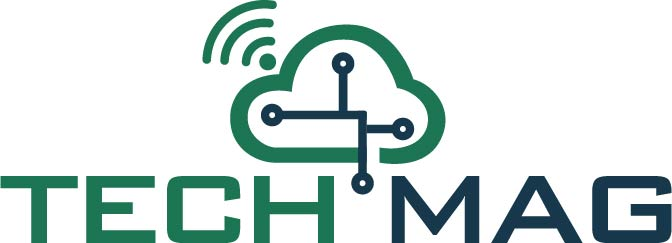
The global 1,3-propanediol market size is expected to witness exponential growth over the next few years, driven by its increasing consumption across numerous end-use industries. 1,3-propanediol is a type of organic compound which is primarily used as a building block in the commercial production of polymers such as polytrimethylene terephthalate (PTT).
Get sample copy of this research report @ https://www.decresearch.com/request-sample/detail/4927
It can be formulated into a range of other industrial products including adhesives, coatings, composites, laminates, aliphatic polyesters, moldings, and copolyesters. The compound forms serves as an excellent solvent and is also widely used in wood paints and varnishes as an antifreeze.
Considering the applications, the global 1,3-propanediol industry is bifurcated into polytrimethylene terephthalate (PTT), polyurethane (PU), pharmaceuticals, personal care & detergents, food & beverage, inks & coatings, heat transfer fluids, and others. The industry share from other applications segment is expected to record a CAGR of around 6.5% up to 2027.
The consumption of 1,3-propanediol across the food & beverage sector is expected to rise at a healthy CAGR of over 7.4% in the forthcoming years. The substance is gradually gaining recognition in the food industry as a suitable alternative to petroleum based additives and carriers. The compound has also gained prominence as a suitable food contact material in the industry.
In January 2021, the China National Health Commission (NHC) had published revised norms approving two new resins, a new food contact material, and expanding the utilization of four existing food contact materials. As per the revised guidelines, 2,2-dimethyl-1,3-propanediol, can be used in coatings and coating layers as a painting formula at a maximum use level of 20%. In addition, food and beverage manufacturers may use dimethyl-1,3-propanediol as a painting formula in coating and coating layers at a maximum use level of 9%.
1,3-propanediol has experienced an increasing consumption in the production of inks and coatings in recent years. Its demand across the inks and coatings segment is projected to grow at a steady CAGR of 7.1% over through 2027. The addition of 1,3-propanediol can help impart superior abrasion resistance and adhesion characteristics in ink and coating formulations.
The Latin America 1,3-propanediol industry is estimated to grow at a notable CAGR of 8.1% up to 2027, generating more than USD 38.95 million in terms of annual revenue. Meanwhile, the 1,3-propanediol market in the Middle East and Africa will reach an annual valuation of more than USD 17.35 million by the end of the same forecast period, growing at a CAGR of approximately 6.2%.
In addition to the aforementioned applications, 1,3-propanediol is also finding its way into new use-cases across the textile industry. These trends will certainly open up new possibilities for 1,3-propanediol manufacturers and suppliers worldwide.
Request For TOC of Report @ https://www.decresearch.com/toc/detail/1-3-propanediol-market
In September 2020, leading specialty chemicals manufacturers Eastman Chemical and DuPont had announced a collaboration to produce fabrics made out of their biobased and partially biobased fibers. While Eastman's cellulose based Naia is made from eucalyptus and pine, DuPont's Sonora is a copolymer of 1,3-propanediol made through the fermentation of terephthalic acid derived from petroleum.
